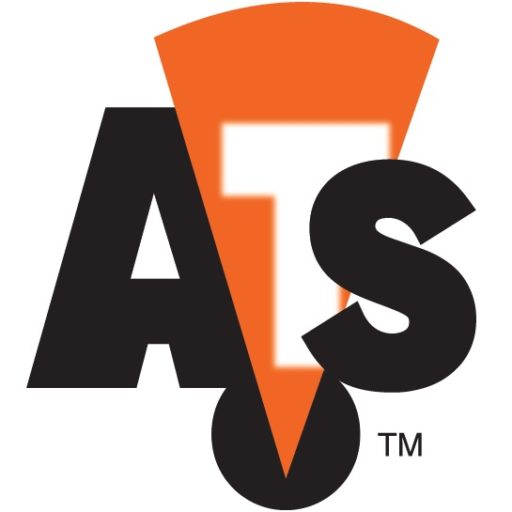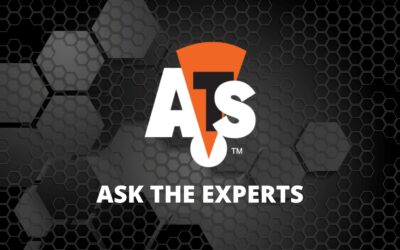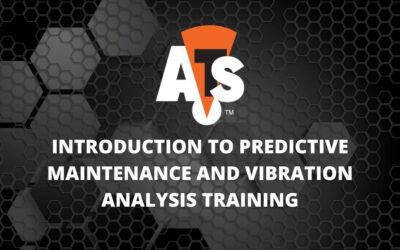 When it comes to selecting a predictive maintenance technology to monitor your equipment, there is almost always one “best” option. This best option will vary from facility to facility, based on the type of critical equipment involved in the process. While this particular technology may provide the most benefit (ROI, uptime, etc…) to your facility, other options should be considered as well. Often maintenance staffs are limited (by their budget or other factors) in their ability to implement a predictive maintenance program that utilizes multiple technologies. Overlapping predictive technologies can give you a much more detailed understanding of your equipment, a greater return on investment and lead you to the next phase in your journey to maintenance excellence.
When it comes to selecting a predictive maintenance technology to monitor your equipment, there is almost always one “best” option. This best option will vary from facility to facility, based on the type of critical equipment involved in the process. While this particular technology may provide the most benefit (ROI, uptime, etc…) to your facility, other options should be considered as well. Often maintenance staffs are limited (by their budget or other factors) in their ability to implement a predictive maintenance program that utilizes multiple technologies. Overlapping predictive technologies can give you a much more detailed understanding of your equipment, a greater return on investment and lead you to the next phase in your journey to maintenance excellence.
There are a handful of tools that you may consider when implementing or adding to your predictive maintenance program. Some of these options might seem obvious to those of us who have worked in the industry for some time, but might not be to others starting out on this journey. For facilities that have critical rotating equipment (pumps, fans, etc…), vibration analysis is the most common predictive technology being utilized. Electrical components: Infrared thermography. Compressed air/gas: Ultrasonic leak detection, and so on. While these are standards in the predictive maintenance world, many facilities have taken it a step further.
Having vibration analysis performed on your critical rotating assets is a great place to start. But what about failures that vibration analysis has difficulty with or can’t detect? What about slow moving gearboxes for example? Vibration analysis alone may not always be able to detect potential failures in this type of equipment. Some other things to consider for a slow speed gearbox application include: oil analysis, infrared analysis, and possibly even ultrasonic testing /trending. Oil analysis is great for detecting wear in slow-moving gear components (among other things). Infrared thermography can help detect an increase in temperature at a specific location, which may indicate excessive friction or wear. Ultrasonic equipment is also being used in some facilities on slow-moving rotating equipment, in conjunction with vibration analysis. When you combine multiple, appropriate predictive technologies on a piece of equipment like this, you give yourself a greater chance of identifying a failure before it shuts your equipment, line, or even facility down.
There are a variety of critical components at your facility that could benefit from utilizing multiple predictive technologies. Infrared thermography alone has hundreds of uses and is pertinent for anything from predictive to diagnostic work. The key is to properly select the most beneficial predictive tools for each asset and always consider new technologies and approaches. Again, one must be diligent and informed as to which technologies will bring benefit to your program. Simply throwing a bunch of testing at a unit is not recommended and may overextend your budget and waste your staff’s time.
While there may be a “best” predictive tool for your facilities equipment, don’t forget that another technology may provide a significant amount of additional benefit. Take some time to consider what next step you should take and what that can mean for your program. If you’re only utilizing one technology, you may only be seeing part of the picture.





0 Comments